Category: War
Marooned & Forgotten German Garrison 1945
Weapons of the Western Front
The devastating firepower of modern weaponry helped create the trench stalemate on the Western Front during the First World War. Armies were forced to adapt their tactics and pursue new technologies as a way of breaking the deadlock. Here, we explore some of the weapons used and developed by the British Army during the conflict.
Background
Weapons played a large part in creating the difficult and unusual circumstances of trench warfare which the British Army encountered during the First World War (1914-18). The destructive power of modern artillery and machine guns forced soldiers to seek cover on the battlefield and dig in for protection.
The First Battle of Ypres (20 October – 22 November 1914) marked the end of open and mobile warfare on the Western Front. Both sides dug in and a line of trenches soon ran from the Channel to the Swiss frontier.
These early trenches were built quickly and tended to be simple affairs that offered little protection from the elements. But they soon grew more substantial.
The front-line trenches were backed-up by second and third lines: ‘support’ and ‘reserve’ trenches. Communication trenches linked them all together. This system was strengthened with fortifications, underground shelters and thick belts of barbed wire.
For commanders, the greatest tactical problem was to get troops safely across the fire-swept divide between the trenches to penetrate enemy defences. While modern weapons had helped create this problem, generals hoped that they would also assist the Army in fighting their way out of it.
Artillery
Artillery was the most destructive weapon on the Western Front. Guns could rain down high-explosive shells, shrapnel and poison gas on the enemy. Heavy fire could destroy troop concentrations, wire and fortified positions.
Artillery was often the key to successful operations. At the start of the war, the British bombarded the enemy before sending infantry over the top, but this tactic became less effective as the war progressed.
Before the Battle of the Somme (1916), the Germans retreated into their concrete dugouts during the artillery barrage, emerging when they heard the guns stop.
Later in the war, the British used artillery in a defensive way, rather than attempting to obliterate enemy positions.
The army developed tactics like the creeping barrage, which saw troops advance across no-man’s land behind the safety of a line of shell fire. They also made the most of new technologies like aircraft, sound ranging and flash spotting to locate and neutralise enemy artillery.
‘We are going to beat the Germans by heavy howitzers and heavy trench mortars as they are the only weapons which will smash him in his deep dug outs.’Lieutenant-General Sir Henry Rawlinson, at the start of the Battle of the Somme — 3 July 1916
Machine guns
The machine gun was one of the deadliest weapons of the Western Front, causing thousands of casualties. It was a relatively new weapon at the start of the war, but British and German forces soon realised its potential as a killing machine, especially when fired from a fixed defensive position.
The Vickers machine gun (above) was famed for its reliability. It could fire over 600 rounds per minute and had a range of 4,500 yards.
With proper handling, it could sustain a rate of fire for hours. This was providing that a necessary supply of belted ammunition, spare barrels and cooling water was available. When there was no water to hand, soldiers would urinate in the water jacket to keep the gun cool!
The Lewis Gun (above) was the British Army’s most widely used machine gun. It required a team of two gunners to operate it, one to fire and one to carry ammunition and reload.
As gunnery practice improved, the British were able to use this light machine gun to give effective mobile support to their ground troops. The gun was so successful that it was later fitted to aircraft.
‘The noise of the German machine guns was completely inaudible and, as I watched, the ranks of the Highlanders were thinned out and torn apart by an inaudible death that seemed to strike them from nowhere. It was peculiarly horrible to watch.’Lieutenant Richard Barrett Talbot Kelly observing machine gun fire at the Battle of Arras — April 1917
Aircraft
Aircraft were such a new technology during the First World War that no one recognised their potential as a weapon at first. Pilots would even wave at enemy planes when they passed each other on aerial reconnaissance duties.
Initially, aircraft carried out artillery spotting and photographic reconnaissance. This work gradually led pilots into aerial battles against enemies engaged in similar activities.
As the war progressed, aircraft were fitted with machine guns and strafed enemy trenches and troop concentrations. As the speed and flying capabilities of aircraft improved, they started bombing airfields, transportation networks and industrial facilities.
Mortars
Mortars of all sizes were used on the Western Front. Their size and mobility offered advantages over conventional artillery as they could be fired from within the safety of a trench. They were also effective at taking out enemy machine-gun and sniper posts.
The Stokes mortar (above) was the most successful British mortar. It consisted of a metal tube fixed to an anti-recoil plate. When a bomb was dropped into the tube, it would hit a firing pin at the bottom and be launched. It could fire 20 bombs per minute and had a range of 1,100 metres.
Mines
Tunnelling and mining operations were common on the Western Front. Tunnels would be dug under no-man’s land to lay explosive mines beneath enemy positions. Much of this work was done by special Royal Engineers units formed of Welsh and Durham miners.
Minutes before they attacked on the Somme on 1 July 1916, the British exploded several huge mines packed with explosives under the German position. Although many defenders were killed by the explosions, the delay in starting the advance meant that the Germans had time to scramble out of their dugouts, man their trenches and open a devastating machine-gun fire.
The British deployed mines more effectively at Messines Ridge on 7 June 1917. A series of huge explosions killed around 10,000 Germans and totally disrupted their lines.
Following the detonation of the mines, nine Allied infantry divisions attacked under a creeping artillery barrage, supported by tanks. The devastating effect of the mines helped the men gain their initial objectives. They were also helped by the German reserves being positioned too far back to intervene.
Rifles
Rifles were by far the most commonly used weapon of the war. The standard British rifle was the Short Magazine Lee Enfield (SMLE) Rifle Mk III. It had a maximum range of 2,280 metres, but an effective killing range of 550 metres.
A well-trained infantryman could fire 15 rounds a minute. In August 1914, the Germans mistook the speed and precision of the British rifle fire for machine guns.
The SMLE was usually fitted with a bayonet, which afforded a one-metre reach in hand-to-hand combat.
A rifle fitted with a bayonet could prove unwieldy in a confined trench, so many soldiers preferred to use improvised trench clubs instead. However, the bayonet remained a versatile tool that was also used for cooking and eating!
Gas
The Germans first used gas against the French during the capture of Neuve Chapelle in October 1914, firing shells containing a chemical irritant that caused violent fits of sneezing. In March 1915, they used a form of tear gas against the French at Nieuport.
These early experiments were a small taste of things to come. As the war progressed. all sides developed ever more lethal gases, including chlorine, phosgene and mustard gas.
The introduction of gas warfare in 1915 created an urgent need for protective equipment to counter its effects. The British Army developed a range of gas helmets based on fabric bags and hoods that had been treated with anti-gas chemicals. These were later replaced by a small box filter respirator, which provided greater protection.
Rattles, horns and whistles were also adopted as means of warning troops and giving them time to put on protective equipment during gas attacks.
Despite all of this, British and Commonwealth forces suffered over 180,000 gas casualties during the conflict.
‘The gas hung in a thick pall over everything, and it was impossible to see more than ten yards. In vain I looked for my landmarks in the German line, to guide me to the right spot, but I could not see through the gas. Inevitably we scattered… Men were clearly disorganised and running and walking in the direction of the German trenches, looking like ghouls in their gas helmets.’Second Lieutenant George Grossmith describing the British gas attack at the Battle of Loos — September 1915
Improvised weapons
Action on the Western Front was not restricted to large-scale battles. Soldiers were often involved in trench raids – small surprise attacks to seize prisoners and enemy weapons or to gain intelligence.
For close-quarter fighting in confined spaces, many experienced soldiers preferred to use improvised clubs, knives and knuckledusters rather than cumbersome rifles. These were also more suited to silent killing.
Reminiscent of medieval weapons, these improvised items were no less deadly and symbolised the primal, brutal nature of trench warfare.
Tanks
Tanks were developed by the British Army as a mechanical solution to the trench warfare stalemate. They were first used on the Somme in September 1916, where they were mechanically unreliable and too few in number to secure a victory.
One of the few ways in which tanks were effective during the war was their ability to break through barbed wire defences. Even then, their tracks were still at risk of becoming entangled.
As the war progressed, the Army found better ways to utilise their new weapon and exploit its advantages. The tank made its first significant breakthrough when it was used en masse at Cambrai in 1917.
Technologically, the machines grew more advanced. By 1918, they were being effectively used as part of an ‘all-arms’ approach during the Allies’ successful attacks. However, they remained vulnerable to enemy fire and were still mechanically unreliable.
It was only after the war had ended that the effectiveness of the tank as a weapon was fully realised.
‘We heard strange throbbing noises, and lumbering slowly towards us came three huge mechanical monsters such as we had never seen before. My first impression was that they looked ready to topple on their noses, but their tails and the two little wheels at the back held them down and kept them level. Big metal things they were, with two sets of caterpillar wheels that went right round the body.’Private Bert Chaney observing the first tanks go into battle — September 1916
Barbed wire
Thick belts of barbed wire were placed in front of the trenches on the Western Front. They were usually positioned far enough from the trench that the enemy was unable to throw grenades in.
Sometimes barbed-wire entanglements were designed to channel attacking infantry and cavalry into machine-gun and artillery fields of fire.
Even though it was an agricultural invention, barbed wire proved an effective military defence. It was cheap, easy to erect and effectively ensnared the enemy. It was also somewhat resistant to artillery fire, tangling together further to become more impassable. If damaged, it could simply be replaced.
‘One night we heard a cry, the cry of one in excruciating pain; then all was quiet again. Someone in his death agony, we thought. But an hour later the cry came again. It never ceased the whole night. Nor the following night… Later we learned that it was one of our own men hanging on the wire. Nobody could do anything for him; two men had already tried to save him, only to be shot themselves.’Ernst Toller, German war veteran and playwright — 1934
Grenades
Grenades were useful weapons for trench warfare as troops could throw them into enemy positions before entering. However, they were also risky in confined spaces, especially when not handled correctly. Soldiers disliked the Mark 1 Grenade (above) because it was liable to detonate if knocked against something when being thrown.
As the war developed, the Army also used rifle grenades. As the name suggests, these were fired from a rifle, rather than thrown by hand, which greatly increased their range. These were later modified to carry smoke, incendiary devices, flares and anti-tank warheads, as well as high explosive.
The ‘all-arms’ offensive
Even though the Army had a broad arsenal of weapons at their fingertips, it took them most of the war to use these fighting tools to their advantage. The stalemate was only overcome in 1918 after years spent learning new tactics that combined the effective use of these weapons.
The Battle of Amiens in August 1918, along with the subsequent Hundred Days Offensive, illustrated that the British had learnt how to combine infantry assaults (men armed with rifles, grenades and machine guns) with gas, artillery, tanks and aircraft in a co-coordinated attack or ‘all-arms’ approach.
Display of strength
You can find many of these items in our Conflict in Europe gallery. Come and see them displayed alongside other objects that help shed light on soldiers’ experiences of the First World War.
Nature versus nurture. It’s a debate as old as psychology. Are we what we are because of our genes, because of our environment, or some mysterious combination? Countless knowledgeable people have devoted their professional lives to pondering that simple question.
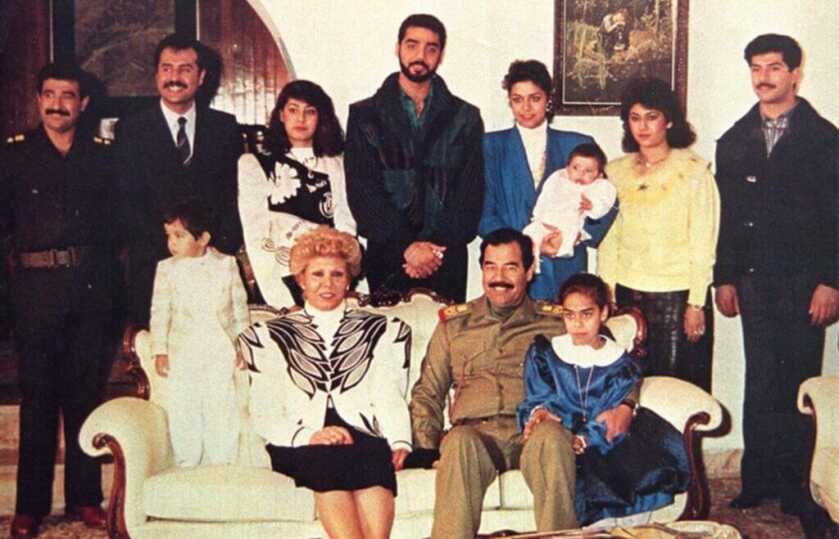
Arthur Guyton was born in 1919 in Oxford, Mississippi. His father was an ENT physician, and his mother was a physicist. Guyton was in his surgical residency when he was stricken with polio. Unable to perform surgery, Guyton devoted his extraordinary mind to the deep things of medicine.
Table of contents
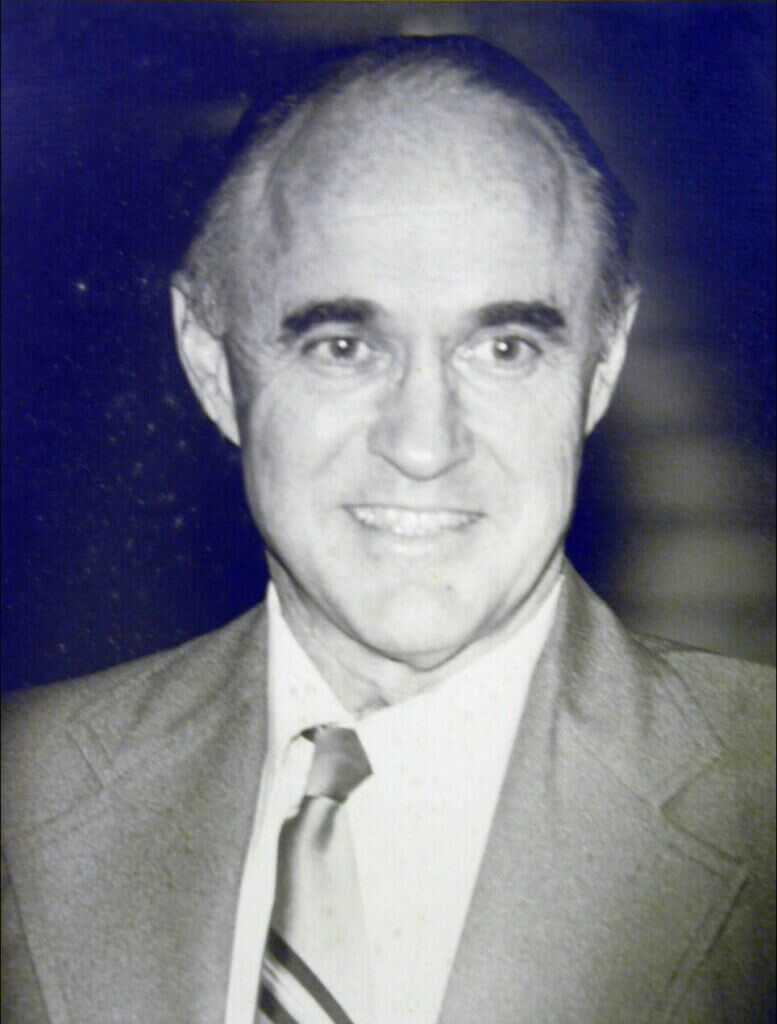
We lack the space to catalog that extraordinary guy’s accomplishments. In addition to devising the world’s first joystick-controlled wheelchair, the first motorized patient hoist, and a series of advanced orthotic braces, Guyton singlehandedly penned the standard textbook of medical physiology used by every reputable medical school on the planet. I was blessed to have him autograph my copy. Dr. and Mrs. Guyton had ten children, every last one of whom went on to become respected physicians in their own right. Theirs was a truly amazing family.
On 15 June 2013, 16-year-old Ethan Crouch killed four people while driving with a restricted license under the influence of drugs and alcohol. At his trial for intoxicated manslaughter, Crouch’s attorneys actually argued that he deserved rehab rather than prison because he suffered from “affluenza.” They reasoned that the kid had never been taught any limits, so it wasn’t his fault that he plowed his dad’s late-model Ford F-350 into a crowd. Crouch eventually fled to Mexico with his wealthy facilitating mother but was apprehended. Nature versus nurture—it’s indeed a murky question.
The Archetypes
Uday and Qusay Hussein were the sons of Iraqi dictator Saddam Hussein. Uday, the elder, was seen as Saddam’s heir apparent until he was badly injured in an assassination attempt. Both boys were born in Baghdad to Saddam’s wife/first cousin Sajida Talfah while the patriarch was in prison. The couple also had three daughters. Interestingly, in addition to his well-publicized forays into megalomania, Saddam also anonymously penned a best-selling romance novel titled “Zabibah and the King.”
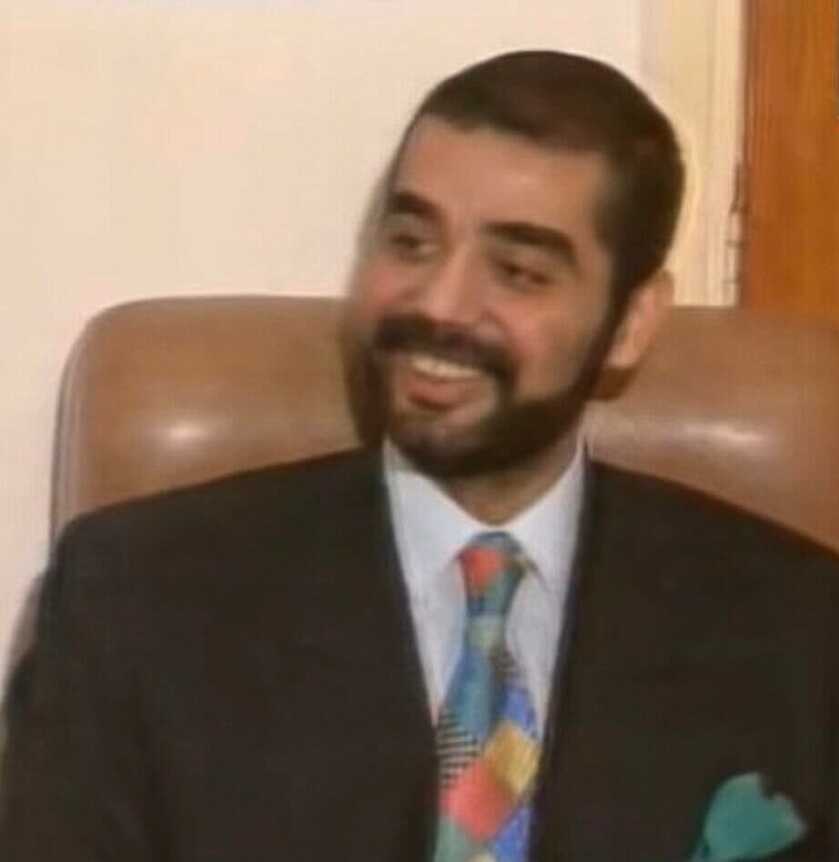
Uday and Qusay were both crazy, but they were two different flavors of crazy. Qusay was the more cerebral of the two. He married Maher Abd al-Rashid and fathered four children. Qusay killed methodically, institutionally, and, most typically, in the shadows. Thousands of political prisoners were murdered on his orders simply to free up space in Iraqi jails. By contrast, Uday was a much more flamboyant madman.
Uday Hussein was a true old-school psychopath. He derived personal joy from other people’s suffering. Uday was a serial rapist who was granted unfettered institutional power. His henchmen roamed the streets of Baghdad, kidnapping attractive young women for his personal use.

Uday spent three days in medical school before dropping out. He then obtained a bachelor’s degree in engineering and a doctorate in political science. However, there were rumors that his coursework was actually done by others in exchange for gifts, political favors, and the threat of violent, gory death. One of his fellow students described him thusly, “He was really smart, probably smarter than his father—but he was crazy.”
In addition to sundry other duties, Uday was put in charge of the Iraqi Olympic teams. He would torture the athletes if they did not perform to his standards. Latif Yahia, Uday’s body double, later said, “The word that defines him is sadistic. I think Saddam Hussein was more human than Uday. The Olympic Committee was not a sports center, it was Uday’s world.”
Uday reportedly had a policy wherein he never had sex with a woman more than three times. Once he was done, he frequently had his subjects murdered and their bodies disposed of. When he was unable to be present for a victim’s torture, he often called in so he could listen to their screams over the phone.
The veracity of this story has been disputed. However, it was widely reported in 2003 that the man even ordered an industrial plastic shredder to be shipped to Iraq. He purportedly used the device to kill his enemies by gradually lowering them into the machine feet-first. In short, Uday and Qusay really desperately needed killing.
Assassination Attempts
You cannot treat people the way the Hussein boys did without making more than your share of serious enemies. Additionally, Saddam Hussein was Sunni, while the nation he ruled was majority Shia. This, combined with Saddam’s legendarily heavy-handed dictatorship, was the recipe for wet work.

As the quieter of the two psycho brothers, Qusay’s assassination attempt was the milder event. Members of the Iraqi National Congress opened fire on his motorcade on 1 August 2002. Qusay incurred a minor bullet wound to the arm but was otherwise unhurt.
Uday’s event was much more dramatic. He fell prey to his own depraved predictability. Every Tuesday around 7 pm, Uday would cruise around the Mansour district in Baghdad in his late-model Porsche sports car looking for fresh women to rape. Members of the Shia Shaaban resistance movement surveilled the area for three months, gathering intelligence before the hit. When the time was right, a group of assassins opened up, firing a total of fifty rounds at his vehicle. Seventeen actually connected.
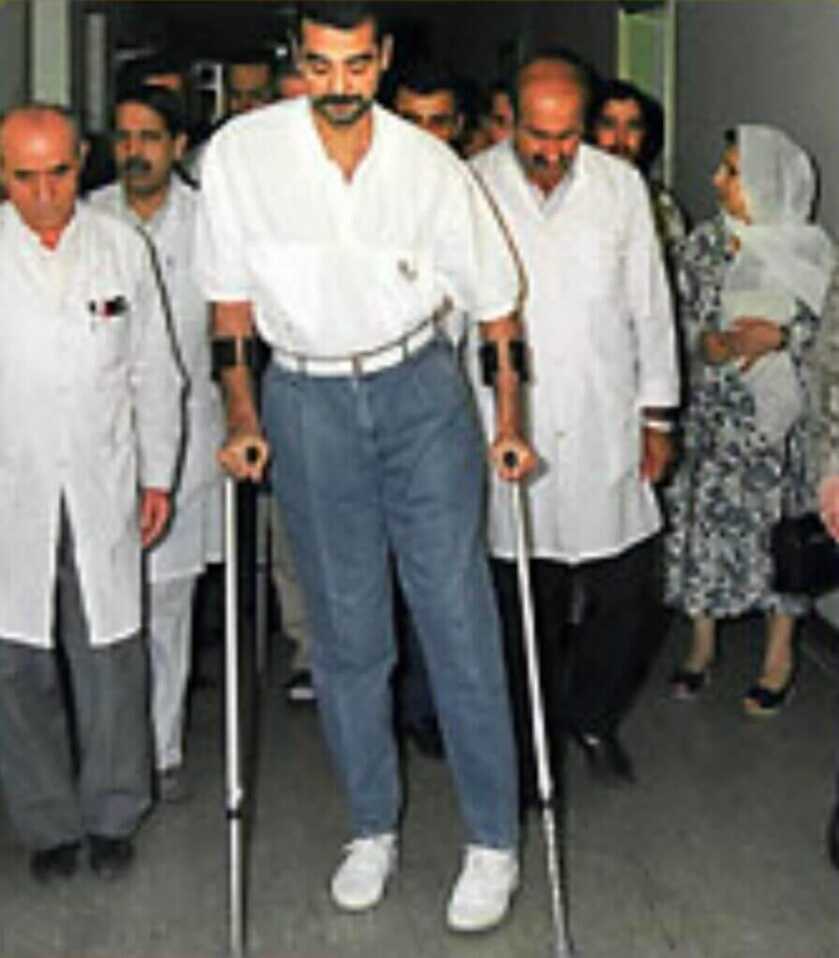
The resulting purge resulted in a fairly predictable bloodbath. Countless political opponents, both real and imagined, were tortured and killed. As for Uday, after several surgical procedures, Iraqi physicians removed all but two rounds. However, the butcher had suffered significant spinal cord damage. While he was originally rumored to have been paralyzed, he eventually did recover well enough to be able to walk, albeit with a pronounced limp.
Uday’s extensive injuries also purportedly rendered him impotent. As you might imagine, for a prolific recreational rapist, that represented an undeniable blow to his pride. He subsequently had the secret police spread spurious stories about his extraordinary sexual prowess.
Operation Tapeworm
After the 2003 US-led invasion of Iraq, hunting down the major players in the Hussein government became the top priority. Coalition forces famously produced a deck of playing cards containing the most infamous personalities. Saddam was the ace of spades. Qusay and Uday were the aces of hearts and clubs, respectively. Coalition forces placed a combined bounty of $30 million on the two reprobates. They christened the mission to unalive these two scumbags Operation Tapeworm.
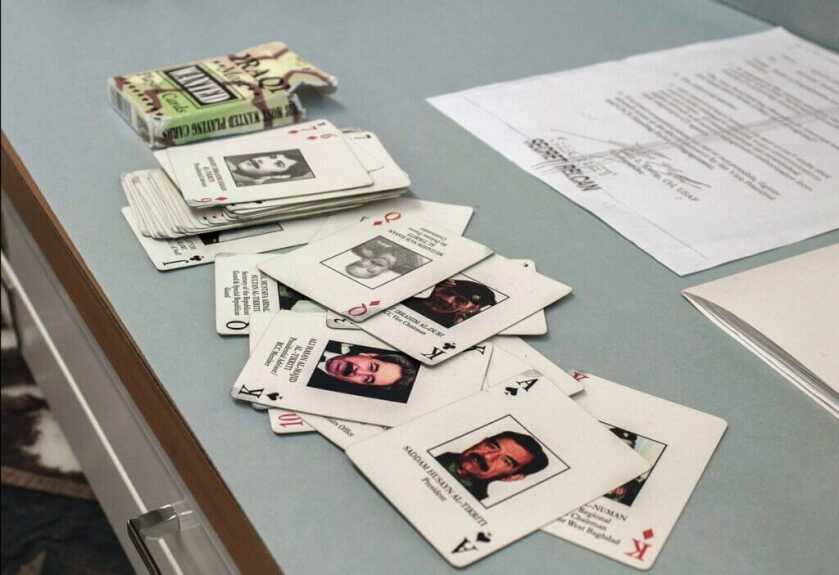
$30 million is a lot of money. That’s enough cash to allow a man to start afresh somewhere. Amidst the war-torn maelstrom of defeated Iraq, the means to set one’s family up on a metaphorical island somewhere was enough to raise a few eyebrows. A pair of those eyebrows belonged to one Nawaf al-Zaidan.
Nawaf al-Zaidan was a successful businessman and member of the Hussein inner circle of trusted confidantes. When Uday and Qusay needed a place to hide out, they pinged good old Uncle Nawaf. Uday, Qusay, Qusay’s 14-year-old son, Mustafa, and their bodyguard Abdul-Samad had been quietly holed up in Nawaf’s Mosul mansion for about three weeks when Nawaf left the compound on some pretense with his son. The rest of the al-Zaidan family had gone out for breakfast earlier.
Al-Zaidan reported to a nearby 101st Airborne base and explained that the Hussein boys were chilling at his crib. Despite being justifiably terrified–keep in mind that these were the same two fun-loving kids who supposedly maintained their own recreational plastic shredder–he offered physical details that corroborated his story. At 1000 on 22 July 2003, eight Delta Force operators, along with some forty 101st grunts, decided to run down the lead.
Monster Killing 101
The 101st infantrymen established an airtight cordon, and the D-boys gave the Hussein brothers a shout using a bullhorn. When they got no response, the Delta shooters breached the front door for a look-see. They were greeted by sleeting AK-47 fire that wounded three of the assaulters. As the entry team egressed, the Americans took fire from the upper story of the house that wounded a fourth US operator. That’s when these American heroes did what they do best.

In the actual military world, there’s just no such thing as overkill. Fairness and parity of firepower don’t mean bupkis if it is your hide on the line. The surrounding Screaming Eagles opened up with M2 Browning .50-caliber machine guns, AT4 antitank rockets, and Mk 19 automatic grenade launchers to systematically pulverize the structure. Uday and Qusay fought back, but this was turning into quite the big show. Everybody wanted a piece of it. In short order, a further 200 American grunts showed up ready to party. They brought along a handful of OH-58D Kiowa Warrior armed helicopters and several Humvee-mounted TOW launchers. The American people were about to get their money’s worth on some of that astronomical defense budget.
Doing the Deed
Around 1300 hours, some three hours after the Delta team first initiated their breach, the 101st grunts pumped ten BGM-71 TOW antitank missiles into the house. Support weapons and the Kiowa Warriors added to the carnage. Twenty minutes later, an American assault team moved into the rubble to check things out.
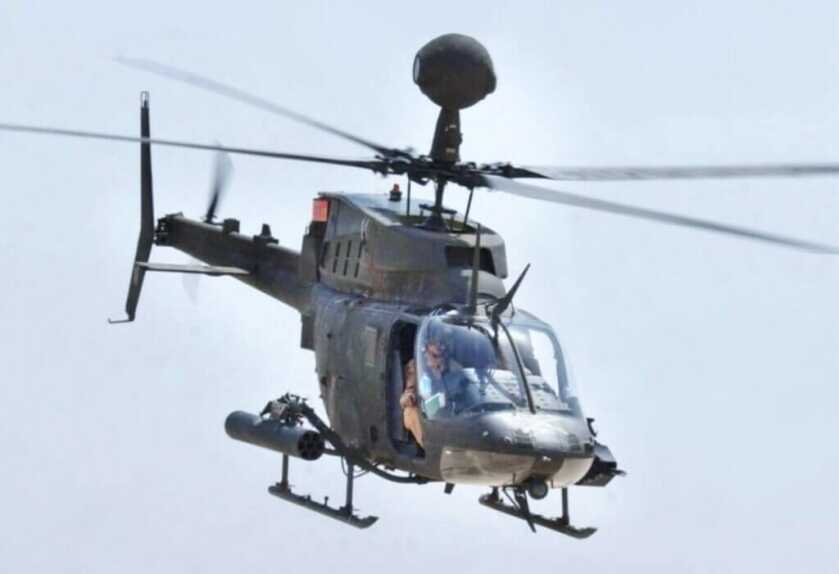
Uday and Qusay were blown to smithereens. 14-year-old Mustafa had barricaded himself in what was left of a bedroom with a Kalashnikov. When approached by US forces, the boy unlimbered his rifle. The American shooters cut him down.
The Rest of the Story
US troops recovered what was left of the four Iraqis and verified their identities via dental records and DNA assays. Uday and Qusay had grown their beards long in an effort to alter their appearance. Also, Uday had shaved his head. Uday, Qusay, and Mustafa were buried alongside each other in a cemetery in Tikrit.

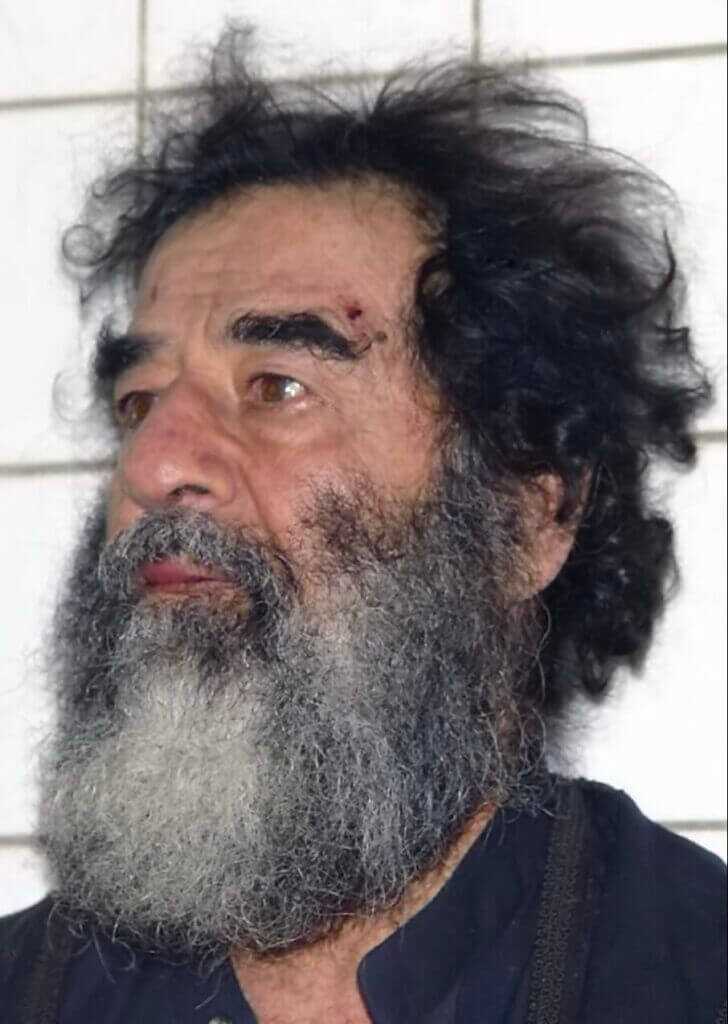
Saddam, for his part, took the news with stoicism. Not that it mattered. Five months later, Delta operators dragged the disheveled despot out of a hole in the ground outside a farmhouse in ad-Dawr near Tikrit.
He was armed with a selective fire Glock 18C that was later presented to President Bush as a war trophy. Three years later, the 69-year-old dictator kept his date with the hangman at Camp Justice in Baghdad.
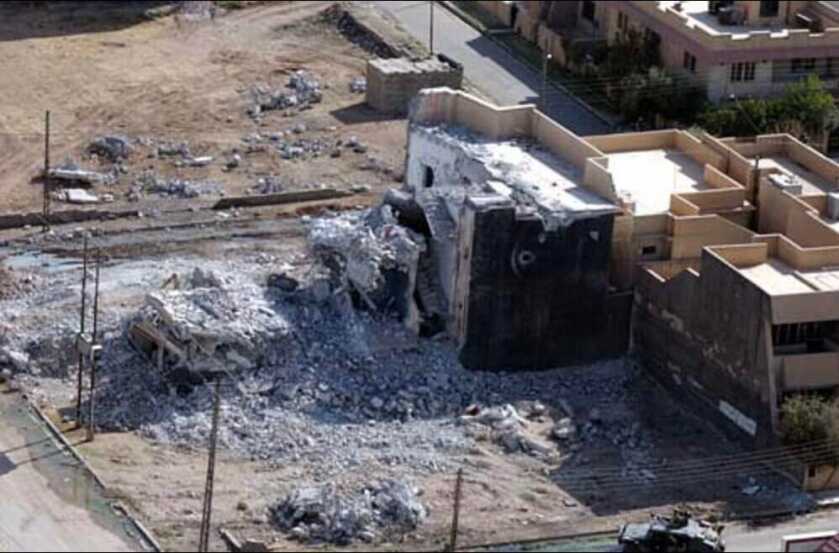
Nawaf al-Zaidan’s home was completely destroyed in the operation. However, don’t be too torn up about that. He got the $30 million he was promised by Coalition authorities for ratting out the Hussein boys. Al-Zaidan subsequently disappeared with his wife Mohassin, his 18-year-old son Shalan, and his four daughters.
As part of the agreement, al-Zaidan and his family were covertly relocated to the US. After a purported one-year training period on a US military base, wherein the family learned English and were schooled in the rudiments of wealth management, they were allowed to move anywhere in the States they wished.
All seven members of the family were given Green Cards with the option of applying for full citizenship five years later. I checked Google and found no reference to where they ended up. They could be living right down the road from any of us.

Rocroi, the last Tercio, 1643 – Augusto Ferrer-Dalmau























